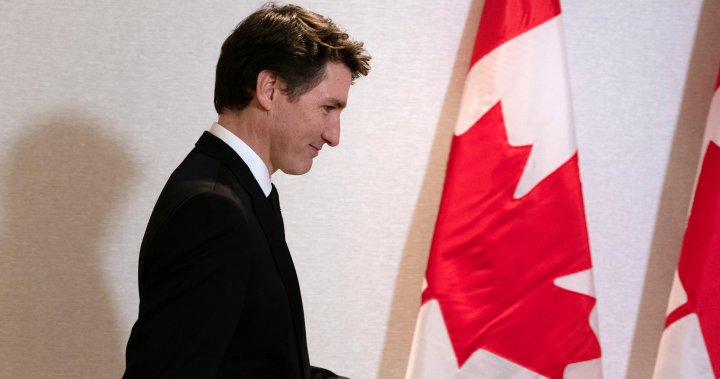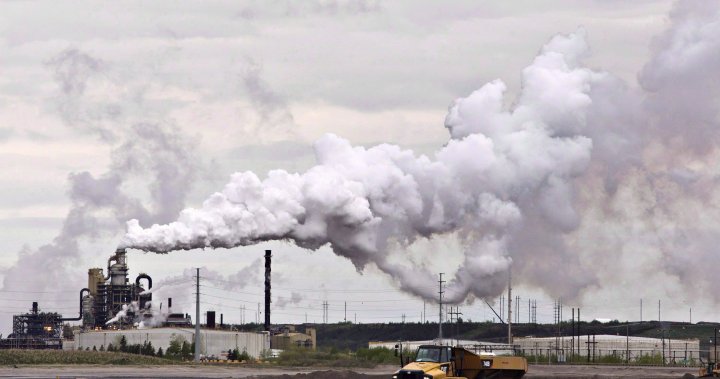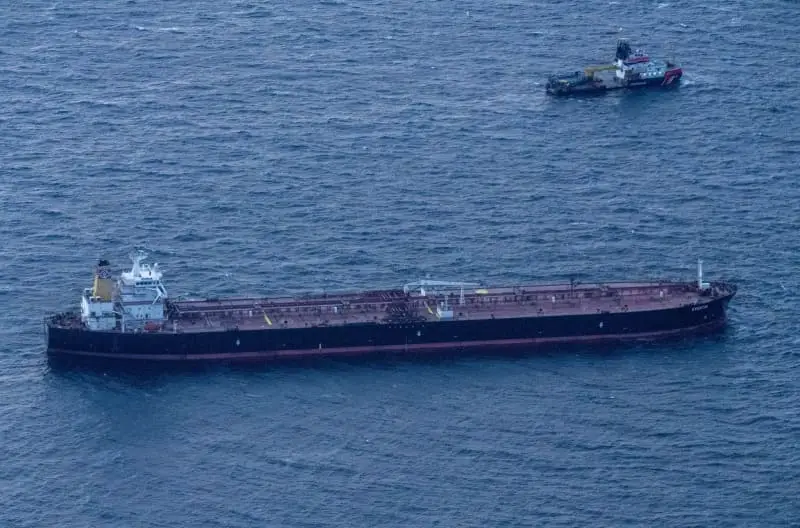As next month’s byelection in the federal Elmwood-Transcona riding nears, the only two parties who’ve ever won the northeast Winnipeg seat have plenty at stake.
The New Democrats are trying to hold on to a seat they’ve won in all but one election since its creation. The Conservatives are hoping to build on the momentum achieved by their surprise June byelection victory in the former Liberal stronghold of Toronto-St. Paul’s.
An NDP-Conservative battle is the only safe assumption in a byelection where the Liberals, Greens, People’s Party and upstart Canadian Future Party are also fielding candidates.
Other accepted truisms about the riding are not backed up by actual data. Let’s look at three of them as the campaign intensifies:
Myth: Elmwood-Transcona is a bellwether riding
Elmwood-Transcona is the only federal seat in Manitoba where the two most competitive parties have been the New Democrats and Conservatives, with that dynamic so deeply entrenched it actually predates the creation of the Conservative Party of Canada.
You have go back to 1997, when the riding was known as Winnipeg-Transcona, to find a second-place finish by the Liberals. But even then, the combined support for two conservatives parties — Reform and the Progressive Conservatives — exceeded the Liberal vote in the riding.
But that does not make this a classic swing seat. In fact, the NDP has won all but one election in the history of both Winnipeg-Transcona and Elmwood-Transcona — held by Bill Blaikie until 2004 and Jim Malloway from 2004 to 2008. Blaikie’s son, Daniel, won the seat three times, starting in 2015.
The lone exception to the NDP’s hold on the seat was in 2011, when Lawrence Toet snatched it for Stephen Harper’s Conservatives, who won their sole majority that year.
Toet was a formidable campaigner who almost held on to the seat in the face of a Liberal resurgence in 2015. As a poll-by-poll map of electoral results in Elmwood-Transcona illustrates, that election was a three-way contest between the Conservatives, NDP and Liberals.

Large swaths of the riding went Liberal red, thanks to the popularity of new leader Justin Trudeau. Both the Conservatives and NDP lost votes to the Liberals that year.
In the end, Daniel Blaikie squeaked past Toet by 61 votes and the Liberal candidate, Andrea Richardson-Lipon, finished a respectable third.
In a 2019 general election rematch between Blaikie and Toet, the Liberal vote all but disappeared. The poll-by-poll results show only orange and blue on the electoral map.

Yet the NDP managed to outcompete the Conservatives in almost every neighbourhood. In the end, Blaikie expanded his margin of victory over Toet to more than 3,500 votes and re-established New Democratic dominance in the riding.
In the 2021 election, not much changed on the electoral map in Elmwood-Transcona. A handful of Conservative polls moved over to the NDP.
At the same time, Blaikie steamrolled over the Conservatives in the polls he won. With Rejeanne Caron campaigning for the Conservatives instead of Toet, Blaikie won the seat by more than 9,000 votes — the broadest NDP victory since 1997, when the conservative vote was still split between the Reform and PC factions.

All of that means Elmwood-Transcona is no bellwether riding that oscillates between the NDP and Conservatives. Rather, it’s an NDP seat that can fall to the Conservatives under the right conditions.
Hypothesis: Coming boundary changes favour the Conservatives
There is a theory the 2024 Elmwood-Transcona byelection is a must-win race for the New Democrats because of boundary changes that will come into effect during the next general federal election, expected in late 2025.
The changes include the removal of several residential streets in the Rossmere neighbourhood of North Kildonan from the northwestern edge of Elmwood-Transcona. The riding also expands east across the Red River Floodway into the rural municipality of Springfield, where the new voters include people who live on rural acreages and the residents of Dugald.
The assumption is these changes should benefit Conservatives, given the tendency for rural voters to lean to the right.
But when you superimpose the new election boundaries over the actual votes in this area in 2021, the advantage for the Tories appears to be modest.

If the new boundaries were in place in 2021, the NDP would have ended up with 790 fewer votes, according to an analysis of Elections Canada data.
This would not have affected the result, given the margin of Blaikie’s win.
The big problem for the NDP is there is no one named Blaikie running for them, either in this byelection or next fall.
Generalization: Elmwood-Transcona is blue collar
In order to compete against the NDP in what has historically been an orange stronghold, the Conservatives nominated a union member, Colin Reynolds, to run in this fall’s byelection against the NDP’s Leila Dance.
The assumption is a party needs the working-class vote to win Elmwood-Transcona, which maintains something of a blue-collar image.
An analysis of Statistics Canada data suggests this is only somewhat accurate.
According to the 2021 census, almost 26 per cent of the labour force in Elmwood-Transcona is made up of people who work in trades, operate equipment or work in manufacturing or utilities.
Only two of the eight federal ridings that represent Winnipeg — Winnipeg North and Winnipeg Centre — have a higher proportion.
When you look at income, however, the picture becomes less clear. The median income for individual workers in Elmwood-Transcona was $40,800, according to the 2021 census — only slightly higher than in Winnipeg South, which has a more affluent image.
In the same census, the median household income in Elmwood-Transcona was $81,000, which was greater than Winnipeg South Centre, which encompasses a long section of Wellington Crescent.
This should come as no surprise to anyone who has driven through some of the newer residential neighbourhoods in Elmwood-Transcona, which include many large single-family homes.
Byelection day for Elmwood-Transcona is Sept. 16. Advance voting begins Sept. 6.








